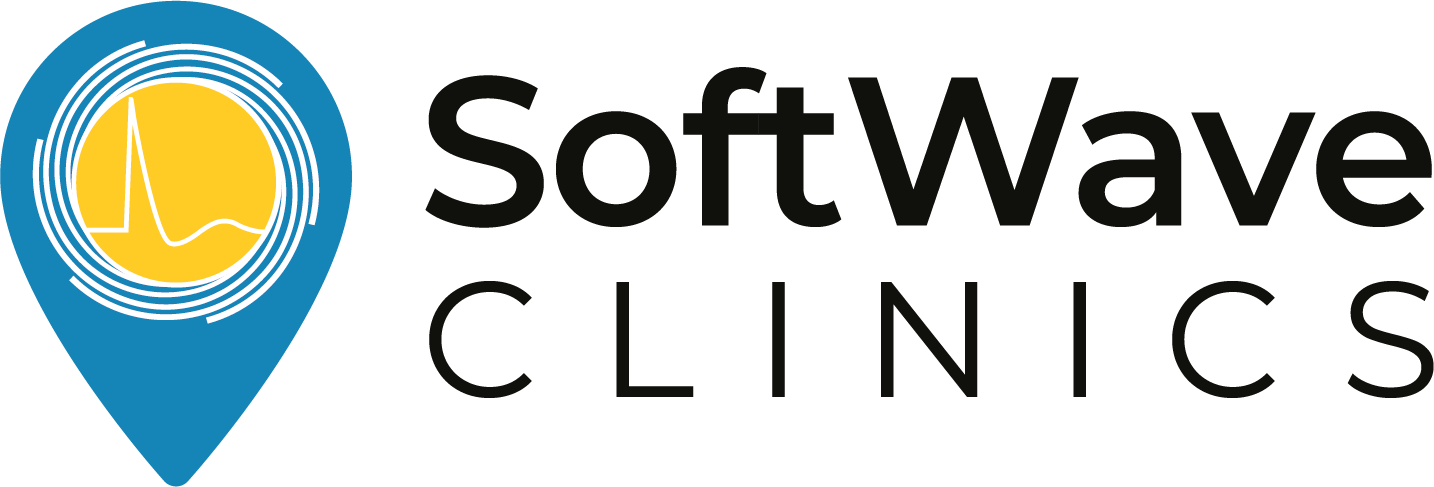Shockwave Therapy Enhances Liver Recovery
Title of Study: Low-energy extracorporeal shock wave therapy for a model of liver cirrhosis ameliorates liver fibrosis and liver function
Authors: Naoto Ujiie, Toru Nakano, Masato Yamada, Chiaki Sato, Chikashi Nakanishi, Fumiyoshi Fujishima, Kenta Ito, Tomohiko Shindo, Hiroaki Shimokawa, Takashi Kamei
Summary:
Shock wave therapy, a treatment originally used for heart and blood flow problems, has shown promising results in healing liver scarring, also known as fibrosis, in a recent study. This therapy was tested on rats to see if it could help fix liver damage caused by a harmful substance.
The study divided the test subjects into two groups: one received shock wave therapy, and the other did not. The treatment involved targeting the liver with low-energy shock waves, a process the test subjects underwent while asleep under anesthesia.
The results were very positive. The test subjects that received the shock wave therapy had significantly less liver scarring compared to those that did not get the treatment. This was measured by looking at pictures of the liver tissue under a microscope and seeing how much scar tissue was present.
Moreover, the therapy seemed to work by changing the levels of certain substances in the liver that either promote or reduce scarring. Specifically, it decreased the levels of a substance that encourages scarring and increased the levels of another that helps grow new blood vessels, which is good for healing.
The test subjects that got the shock wave treatment also showed signs of better liver function. This was seen in blood tests that check how well the liver is working, such as higher levels of a protein made by the liver and lower levels of liver enzymes that are high when the liver is damaged.
This study suggests that shock wave therapy could be a new way to treat liver scarring by not only reducing the scar tissue but also improving the overall health of the liver.
